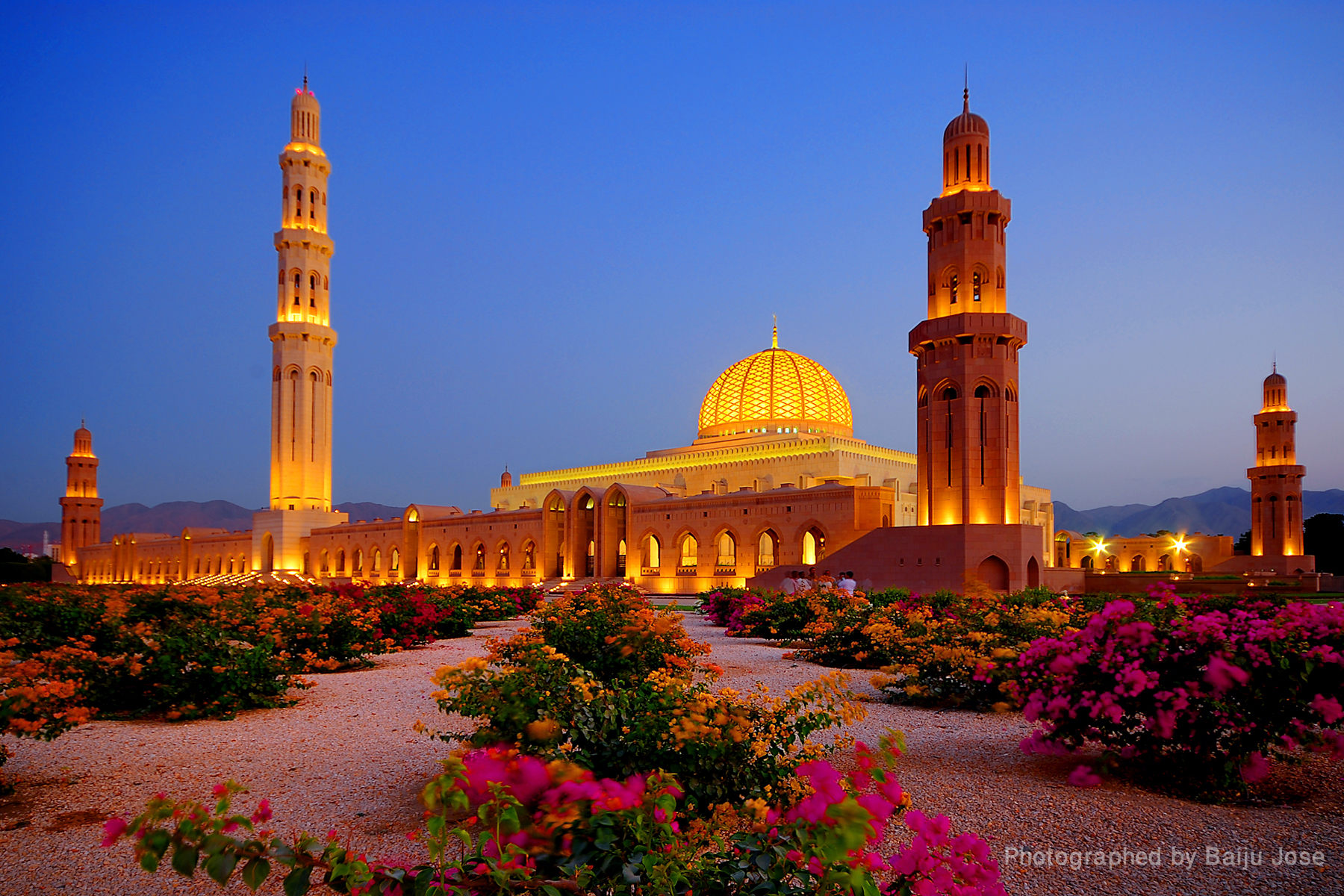Muscat (Arabic:
, Masqaṭ is the capital of Oman. It is also the seat of government and largest city in the Governorate of Muscat. According to the National Centre for Statistics and Information (NCSI), the total population of Muscat Governorate reached 1.28 million as of May 2015.[1] The metropolitan area spans approximately 3,500 km2 (1,400 sq mi)[2] and includes six provinces called wilayats.[citation needed] Known since the early 1st century CE as an important trading port between the west and the east, Muscat was ruled by various indigenous tribes as well as foreign powers such as the Persians, Portuguese Empire and the Ottoman Empire at various points in its history. A regional military power in the 18th century, Muscat's influence extended as far as East Africa and Zanzibar. As an important port-town in the Gulf of Oman, Muscat attracted foreign tradesmen and settlers such as the Persians and the Balochis. Since the ascension of Qaboos bin Said as Sultan of Oman in 1970, Muscat has experienced rapid infrastructural development that has led to the growth of a vibrant economy and a multi-ethnic society.
The rocky Western Al Hajar Mountains dominate the landscape of Muscat.
The city lies on the Arabian Sea along the Gulf of Oman and is in the proximity
of the strategic Straits of Hormuz. Low-lying white buildings typify most of
Muscat's urban landscape, while the port-district of Muttrah, with its corniche
and harbour, form the north-eastern periphery of the city. Muscat's economy is
dominated by trade, petroleum and porting.
HISTORY
The port fell to a Sassanid invasion in the 3rd
century CE, under the rule of Shapur I,[13] while conversion to Islam occurred
during the 7th century. Muscat's importance as a trading port continued to grow
in the centuries that followed, under the influence of the Azd dynasty, a local
tribe. The establishment of the First Imamate in the 9th century CE was the
first step in consolidating disparate Omani tribal factions under the banner of
an Ibadi state. However, tribal skirmishes continued, allowing the Abbasids of
Baghdad to conquer Oman. The Abbasids occupied the region until the 11th
century, when they were driven out by the local Yahmad tribe. Power over Oman
shifted from the Yahmad tribe to the Azdi Nabahinah clan, during whose rule,
the people of coastal ports such as Muscat prospered from maritime trade and
close alliances with the Indian subcontinent, at the cost of the alienation of
the people of the interior of Oman.
Sultan Qaboos bin Said Palace in Muscat
The Portuguese admiral Afonso de Albuquerque
sailed to Muscat in 1507, in an attempt to establish trade relations. As he
approached the harbor, his ships were fired on. He then decided to conquer
Muscat.


ليست هناك تعليقات:
إرسال تعليق